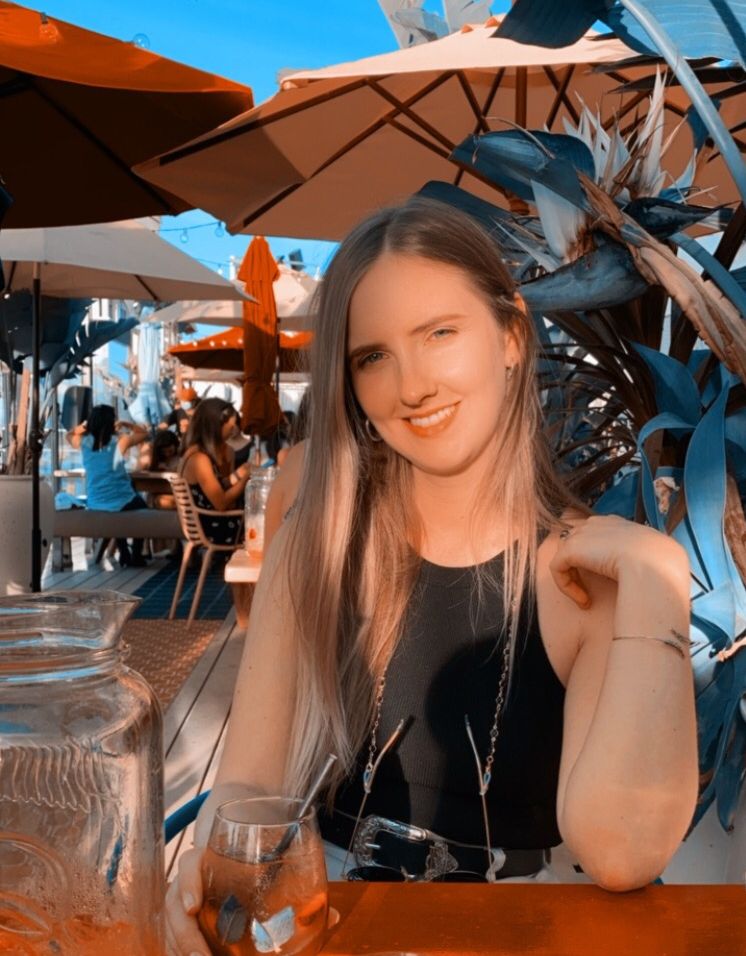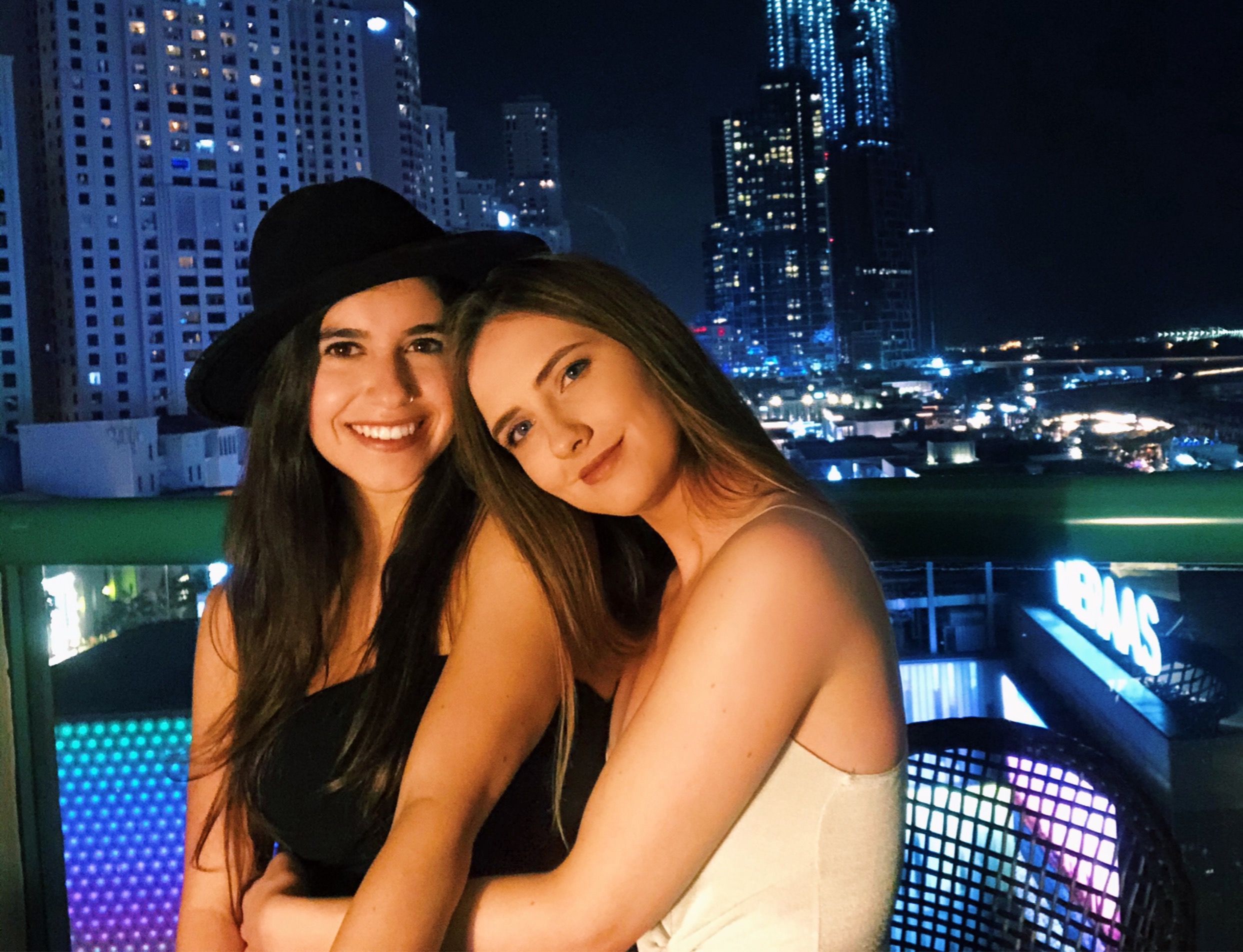aldara cream use

Growing up, I never had any trouble with my periods. But by the time I turned 20 in June 2013, they were immensely painful and getting worse fast. It hurt when I had penetrative sex and period-like pains and cramping became a constant, even when I wasn’t menstruating.
A few months after my symptoms emerged, I ended up in the ER bent over in agony. They performed a physical exam, x-rays, and ultrasounds. I remember the doctor saying it was a “mystery” what might be causing my intense pain—which was not what I needed to hear as a super-distressed patient.
But then she said she suspected I might have endometriosis, where to buy generic pletal canada no prescription a.k.a. endo, a condition where the tissue that lines your uterus begins to grow and spread elsewhere. In order to know for sure, they’d need to perform a diagnostic laparoscopy to view the inside of my abdomen with a thin, tiny camera. As a low-income student, I knew this surgery would be free for me, so I pushed for it.
By the time I went in for the procedure in May 2014, I was in pain 24/7 and felt as if there were rocks inside my belly weighing me down.
Sharp pains randomly struck my pelvic area, and I had diarrhea on a weekly basis.
After the procedure, the surgeon confirmed that I had extensive endometriosis on my uterus, bowels, bladder, and pelvic region. Because there’s no cure for endo, the goal is typically to manage symptoms, reduce pain, and preserve fertility with periodic surgeries to remove or burn off endometrial tissue. The gynecologist told me I should have surgery every three years.

But when the three-year mark arrived in 2017, I began to question if this was the right approach for me.
At the time, I was working as a cabin crew member with Emirates in Dubai, and having repeated surgeries would be financially difficult because I’d have to take eight weeks off of work for recovery. I also knew it would be taxing on my body. After the first procedure, scars had caused me to hunch over for weeks, rendering many everyday activities impossible. Although the sharp pains had come back, I pushed through them and never went ahead with a second surgery.
Over the years, my endo symptoms continued to escalate. I experienced severe diarrhea every week. Penetrative sex was almost impossible and orgasms became excruciating due to adenomyosis (a similar condition that caused endometrial tissue to grow in my uterine muscles, triggering painful spasms). And because of my bloated abdomen, I often looked seven months pregnant.
Despite taking the pill back to back to avoid periods entirely in a bid to hamper the growth of endometrial tissue as well as over-the-counter pain medication, nothing could relieve the pain I was in.
In 2020, I moved to Los Angeles and sought help from a gynecologist and endo specialist. She told me I was the perfect candidate for a hysterectomy.
A review of my medical records confirmed that a hysterectomy—the removal of my uterus—made sense due to my extensive endo and adenomyosis. For about 85 out of 100 women, this can help relieve pain (though it unfortunately comes back for the other 15).
Thanks to my own research, I was prepared for this conversation. And at this point, I’d had enough. I was in a serious relationship and planning a wedding yet I couldn’t have sex. Even wearing clothes with waistbands was too painful, and my stomach hurt so much I didn’t want to leave home.
Since I knew the concern that you might want kids in the future is a common reason some doctors hesitate to support this surgery for young people, I told her children weren’t on my list. Rather than doubting me or quizzing me on this, the ob/gyn nodded her head in acknowledgement then moved on to discussing what my treatment plan would entail. This made me feel heard and respected—a real relief.
Like any major surgery, a hysterectomy comes with potential risks like blood clots and infection. But generally, it’s pretty safe.

After a lot of questions and online research, getting a hysterectomy was an easy decision to make.
I had spent years of living with exhausting symptoms, and that was coupled with the certainty I didn’t want kids. I feel at ease with my decision. I’m looking forward to being able to wear clothes with waistbands again, enjoying sex, and not canceling plans or dreading them because of the pain. Despite the heavy emphasis on keeping reproductive organs and the taboo surrounding a 20-something having this surgery, I’m eager to have a healthier life.
My surgery is scheduled for July 2021. I’ll be having my uterus, fallopian tubes, and cervix removed. I’m keeping my ovaries which are still in great condition. This is fantastic news for me because I won’t go into early menopause or have to be on hormone replacement therapy.
“I’m looking forward to being able to wear clothes with waistbands again, enjoying sex, and not canceling plans or dreading them because of the pain.”
Of course, I’m emotional that I have to say goodbye to my reproductive organs because I love them and I’m grateful for them. I’ll grieve the loss of them like I would any other significant part of my body. But I’m also ready to let them go.
Initially, I was nervous to tell people about my decision because I was afraid they’d push back or judge me. But so far, my family and friends have been nothing but supportive.
For anyone who may be facing a similar journey, my advice is to be persistent in your quest for answers.
Get a second opinion, be assertive, and explore all of your options. Most importantly, listen to your body and what it’s trying to tell you.
There’s a lot of pressure put on women to be mothers and have their own biological children. But if a hysterectomy could enhance the quality of your life, it’s worth considering and asking all the questions you can under the guidance of a doctor you trust.
Source: Read Full Article